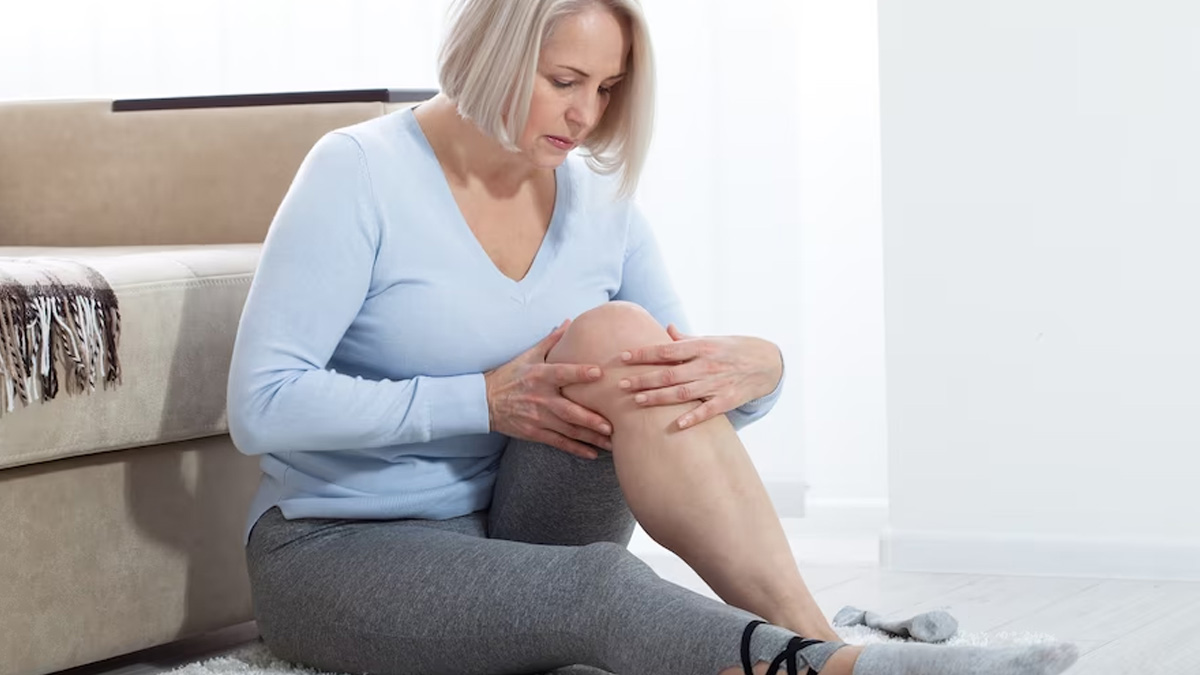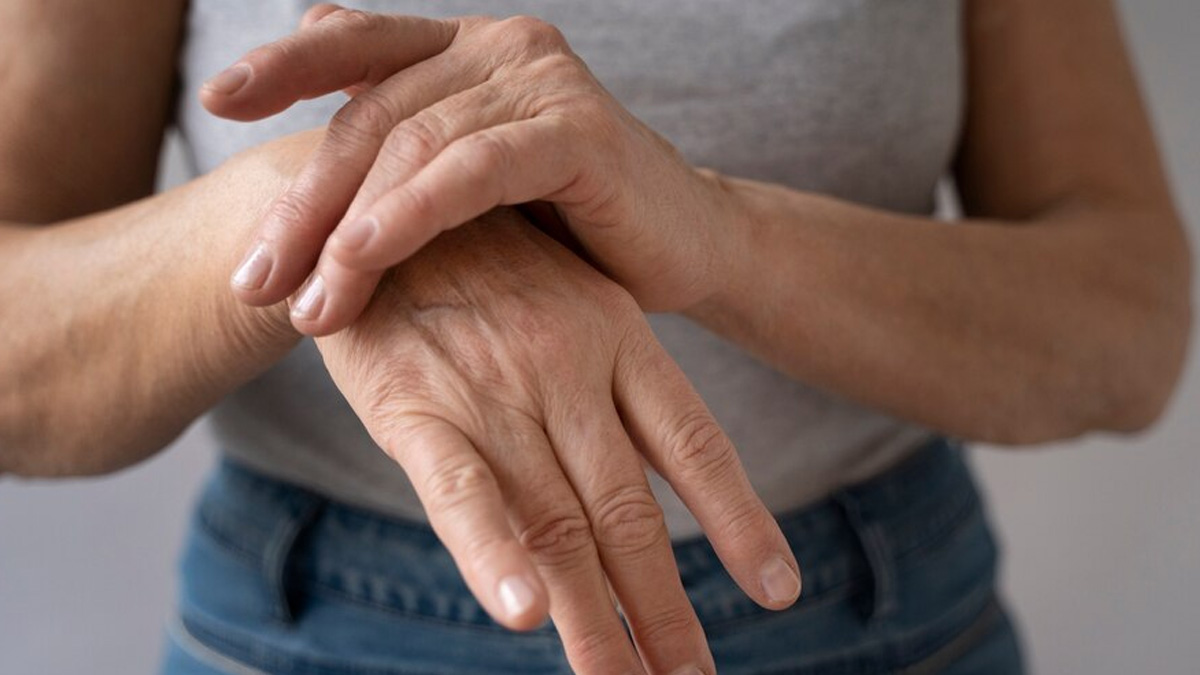
People with arthritis often experience worsening symptoms with a drop in temperature. Their joints start getting crankier in winter, which can increase pain and inflammation. It is important to understand their connection and learn strategies for providing relief measures. We reached out to our expert Dr Venuthurla Ram Mohan Reddy, Senior Consultant, Orthopaedic Surgeon, Robotic and Navigation Surgeon, Lower Limb Services, Hip and Knee Surgery, Clinical Director, Yashoda Hospitals, Hyderabad, who explained the impact of weather changes on arthritis and tips to manage it.
Table of Content:-
How Do Weather Changes Impact Individuals With Arthritis?

Muscles and tendons may swell in response to a decrease in barometric pressure, adding further strain to a crowded joint. While cold weather doesn't cause arthritis, it can exacerbate aches and pains, informed Dr Reddy.
According to the Annals of Medicine, there was a relationship between the weather and pain associated with Osteoarthritis (OA). While there was a positive correlation between barometric pressure and relative humidity, there was a detrimental relationship between temperature and OA pain.
Expert Tips To Manage Arthritis Pain Due To Weather Changes
Dr Reddy listed the following tips to manage arthritis pain:

Stay Warm
Make sure you keep yourself warm to take care of the winter chill. Wear warm clothes, socks, and gloves to stay protected.
Get Moving
One of the most effective measures to manage arthritis pain is working out. Engaging in physical activity can help increase your energy levels, strength, and flexibility.
Also Read: Dealing With Arthritis? Here Are 7 Ways To Manage Your Symptoms Without Medication
Stretch Out
It is important to stretch regularly, particularly before outdoor exercises, to loosen stiff joints. “You are less prone to injury when your joints and muscles are warm enough. Start with simple movements: Roll your wrists and ankles, do some knee bends and stretch out your fingers and hands”, added Dr Reddy.

Eat Well
Making healthy changes in your diet can help reduce inflammation, strengthen bones, and help in boosting immunity. Include foods that are rich in omega-3 fatty acids, such as fatty fish, nuts and seeds to fight inflammation. Also, limit your sugar and refined carbohydrate intake.
Maintain A Healthy Weight
You can reduce stiffness and pain by maintaining a healthy weight. “This is because your bones and tissues exert more pressure due to the increased weight. Osteoarthritis is particularly painful in weight-bearing joints like the spine, hips, and knees”, informed Dr Reddy.
Check Your Vitamin D Levels
In winter, vitamin D deficiency due to reduced sunlight is remarkably common leading to reduced calcium absorption from the gut. As a result, there can be severe muscle spasms and joint pains. It's also connected to worsening arthritis symptoms.
Also Read: The Hidden Link: Experts Explain Impact Of Stress On Rheumatoid Arthritis
What Type Of Arthritis Is More Susceptible To Worsening Symptoms?

Every 10-degree drop in temperature caused pain to increase in 200 participants with OA in a 2007 study conducted by the Arthritis Foundation. Rheumatoid arthritis (RA) patients have been demonstrated to respond similarly to lower temperatures.
Are There Specific Joints More Affected By Weather Changes?
Raynaud's disease primarily involves vascular issues. “In cold conditions, vessels undergo spasms, leading to finger swelling. At times, the fingers may turn white and blue due to diminished oxygen supply, causing severe pain”, highlighted Dr Reddy.
Individuals with Raynaud's disease should consistently wear gloves, ensure proper warmth through appropriate clothing, and consume hot fluids.
Raynaud’s disease is mainly a vascular problem. “In cold weather, there is vessel spasm causing swelling of the fingers, sometimes the finger turns white and blue due to reduced oxygen supply. It is extremely painful,” informed Dr Reddy. Patients suffering from Raynauds should always wear hand gloves, keep themselves warm with proper clothing and have hot fluids.
[Disclaimer: This article contains information provided by a registered healthcare professional and is for informational purposes only. Hence, we advise you to consult your expert if you notice any complications in managing your condition effectively.]
Also watch this video
How we keep this article up to date:
We work with experts and keep a close eye on the latest in health and wellness. Whenever there is a new research or helpful information, we update our articles with accurate and useful advice.
Current Version